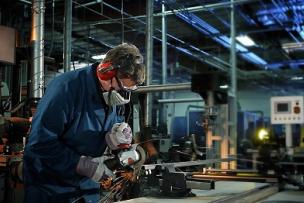There are several benefits shops can gain from standardizing processes. The following are just a few:
- Reduced re-work due to errors in the production process or between operators.
- Reduced wasted time looking for tools, documents, or required inputs to complete tasks.
- Better, more comprehensive, training procedures for new staff and retraining of existing operators.
- Improved quality, if implemented throughout the production process and focus on quality at the source.




Talk to Us!
Leave a reply
Your email address will not be published. Required fields are marked *